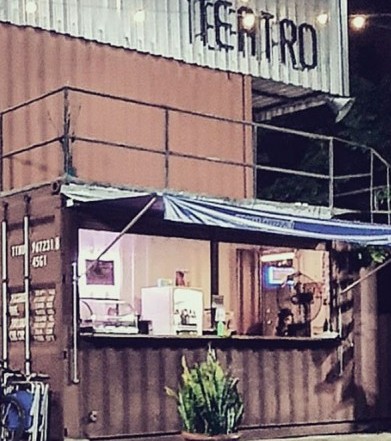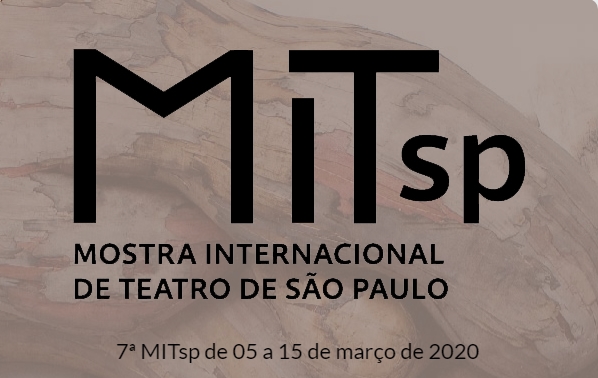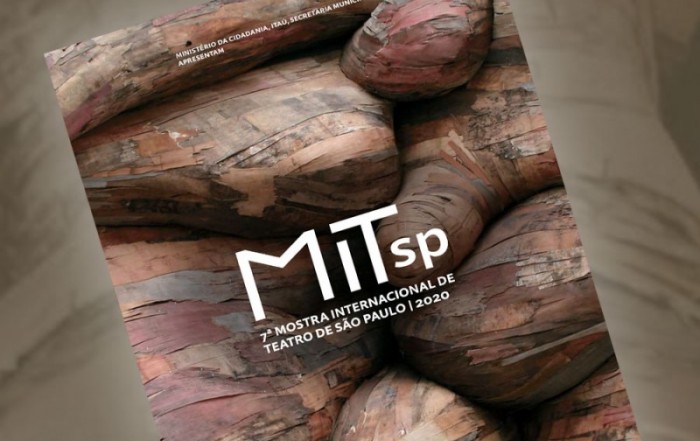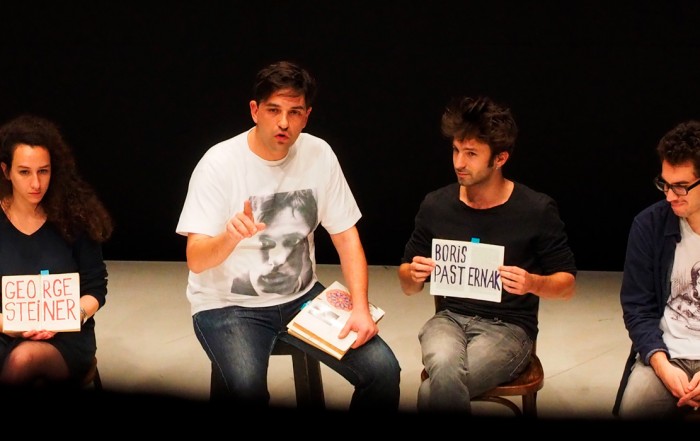WHAT TO DO WITH WHAT REMAINS
João Fiadeiro
PORTUGAL, 2015 | 60min | PARENTAL RATING 12+
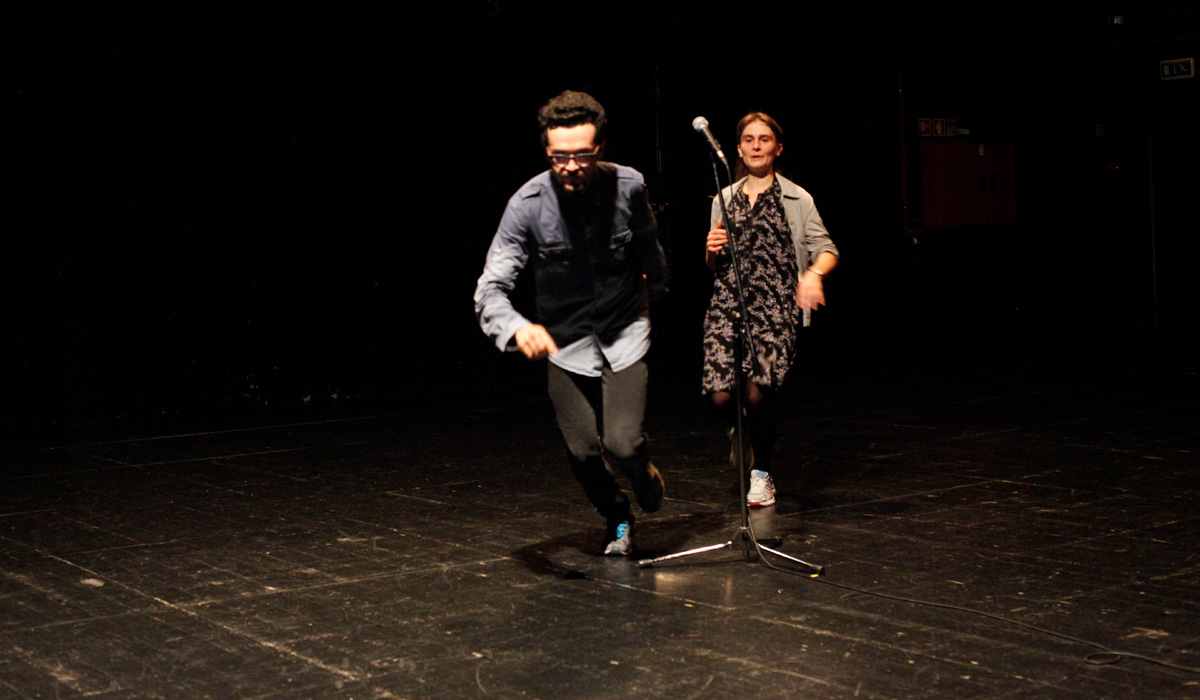 ©Patricia Almeida
©Patricia Almeida
7/3, at 19h
8/3, at 19h
9/3, at 19h
PLACE: Teatro Cacilda Becker

In What to Do With What Remains, João Fiadeiro explores time – enduring, suspended, interspace – and puts his attention on what remains, what has been forgotten, on the “rest”. The rest creates emptiness: it is proof of the absence of a presence – or rather, it is the presence of an absence. It is in the rest that the traces and tracks are found to start the impossible task of rebuilding the world, over and over again. The rest is also what lies between the body and the presence of the other, a permanent escape from things that are not yet, to what things can be. The show, which criticizes the urgency and the rushed routine, is positioned between doubt and possibility. The unspoken is more important than what is said, absence overlaps presence and the drama does not come from the theatre, but from what the bodies – of performers and spectators – can do, have and bring.
 Performer, choreographer and researcher, João Fiadeiro is part of the generation of Portuguese choreographers that emerged in the late 1980s and gave rise to the so-called Nova Dança Portuguesa (New Portuguese Dance) His shows cruise between disciplines (performance, dance and theatre), contexts (theatres, museums or site specific) and formats (choreographies, events or conferences). His work is presented through Europe, North America and South America. Between 1990 and 2019, he was the artistic director of Atelier RE.AL. He also collaborated intensively with the Theatre group Artistas Unidos, having directed Waiting for Godot, by Samuel Beckett, Psycho 4:48, by Sarah Kane, and Nightsongs, by Jon Fosse. In the 1990s, Fiadeiro developed and systematized his own research on improvisation and composition, called Composition in Real Time, a method with which he gained international prestige. Between 2011 and 2014, he directed the project AND_Lab with anthropologist Fernanda Eugénio. In 2019, he curated alongside Romain Bigé the exhibition Sketches of Interior Techniques, held at Culturgest, in Lisbon. The show is the first retrospective look at Steve Paxton’s work and legacy.
Performer, choreographer and researcher, João Fiadeiro is part of the generation of Portuguese choreographers that emerged in the late 1980s and gave rise to the so-called Nova Dança Portuguesa (New Portuguese Dance) His shows cruise between disciplines (performance, dance and theatre), contexts (theatres, museums or site specific) and formats (choreographies, events or conferences). His work is presented through Europe, North America and South America. Between 1990 and 2019, he was the artistic director of Atelier RE.AL. He also collaborated intensively with the Theatre group Artistas Unidos, having directed Waiting for Godot, by Samuel Beckett, Psycho 4:48, by Sarah Kane, and Nightsongs, by Jon Fosse. In the 1990s, Fiadeiro developed and systematized his own research on improvisation and composition, called Composition in Real Time, a method with which he gained international prestige. Between 2011 and 2014, he directed the project AND_Lab with anthropologist Fernanda Eugénio. In 2019, he curated alongside Romain Bigé the exhibition Sketches of Interior Techniques, held at Culturgest, in Lisbon. The show is the first retrospective look at Steve Paxton’s work and legacy.
CRITICS
In What to Do With What Remains, there is a performative, intelligent and constant rule, with definite and valuable implications (…) The bare stage, the scarcity of objects and the use of a single choreographic principle are indications of a “ time without ”- without money, without things, without rights … – and perhaps from the exhausting balance of the race for survival.
The genuine exhaustion – the performers are actually running laps around the Theatre, an insider tells me – renders their speech devoid of decoration or contrivances. Save for the microphone, the stage is totally bare. I feel like I’m watching a choreography of time, a physical Theatre of memory.
TECHNICAL SHEET
CONCEPT AND DIRECTION: João Fiadeiro
DIRECTION ASSISTANCE: Carolina Campos
PERFORMANCE AND CO-CRIATION: Adaline Anobile, Carolina Campos, Márcia Lança, Iván Haidar and Daniel Pizamiglio
LIGHTING DESIGN: Colin Legran
TECHNICAL DIRECTION: Leticia Skrycky
CO-PRODUCTION: Maria Matos Theatre (Lisbon) and Rivoli Theatre (Porto)
INTERNATIONALIZATION SUPPORT: Directorate-General for the Arts / Government of Portugal
INSTITUTIONAL SUPPORT: Lisbon City Council
ART RESIDENCIES: Arquipélago / Centre of Contemporary Arts (Açores), Santarcangelo Dei Teatri (Italy) and Atelier Real (Lisbon)
